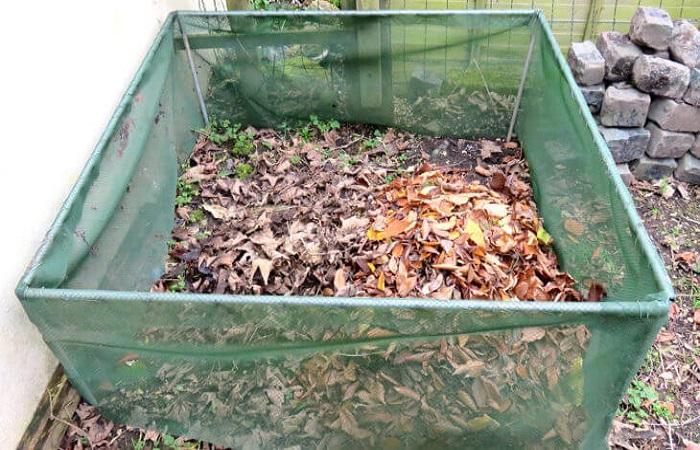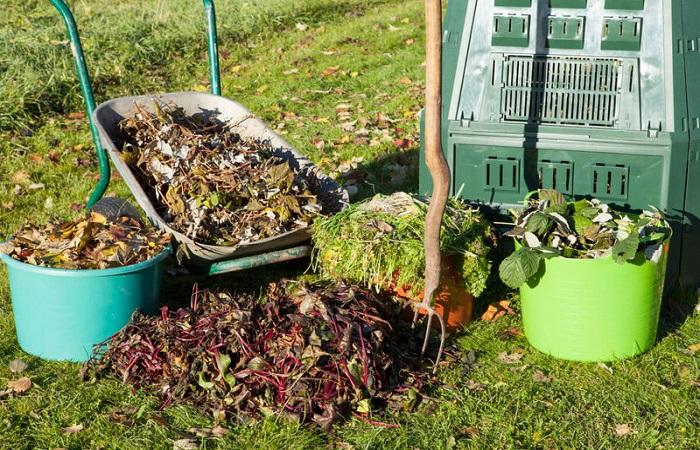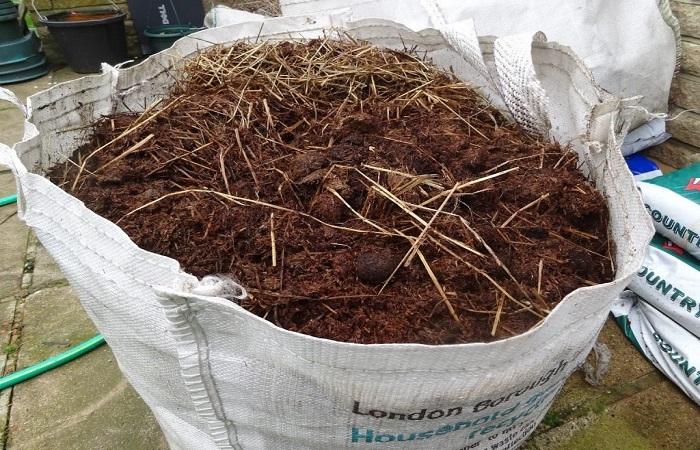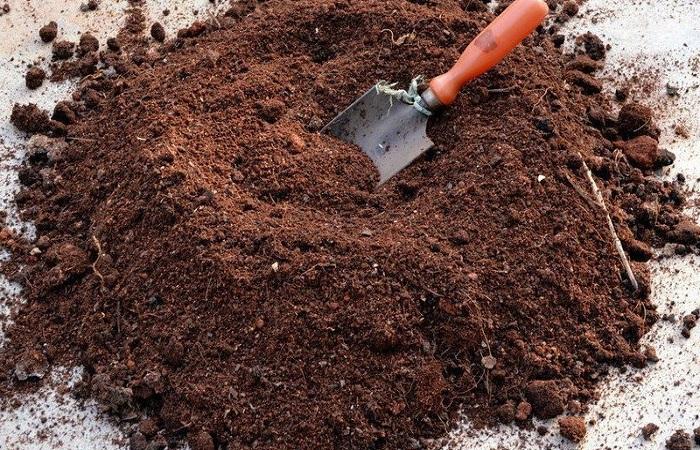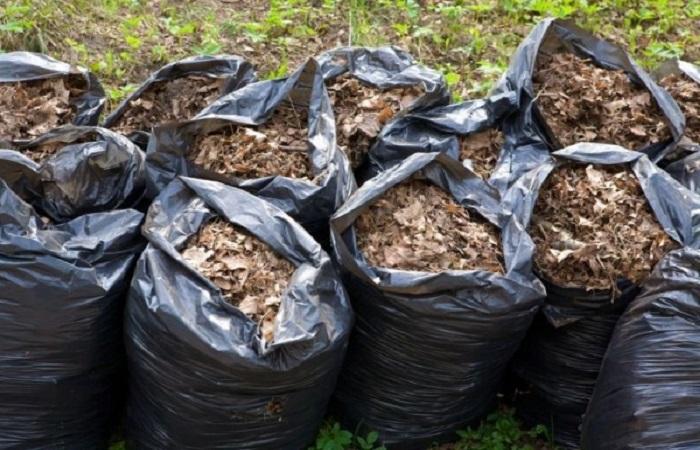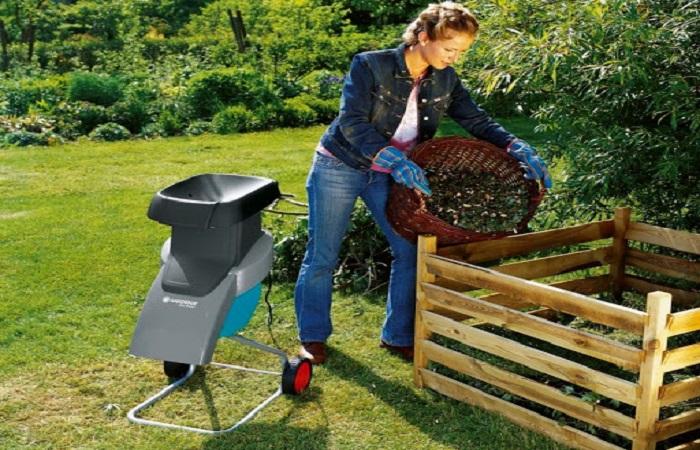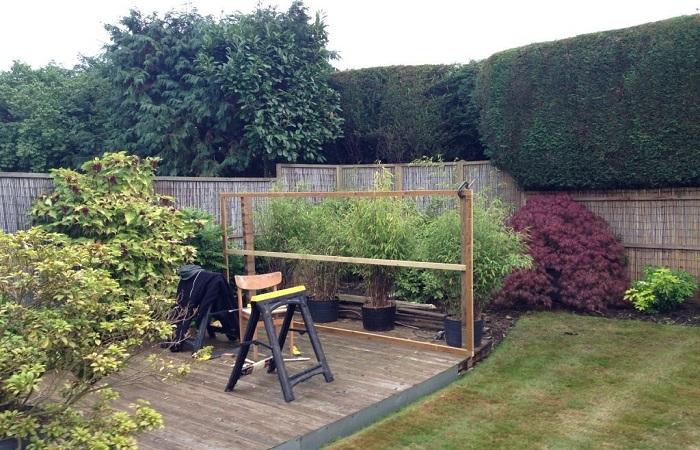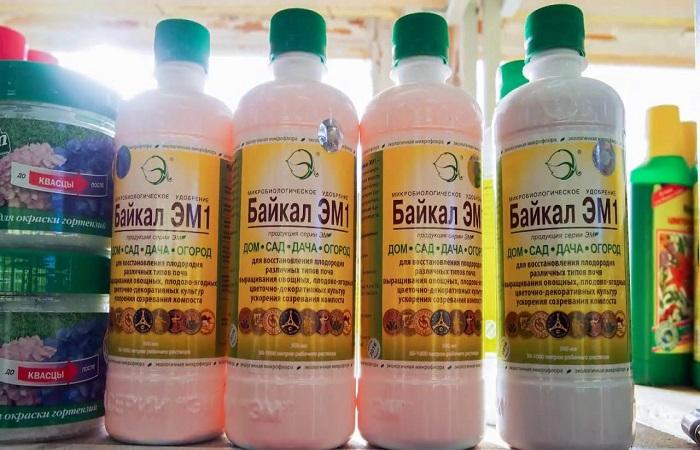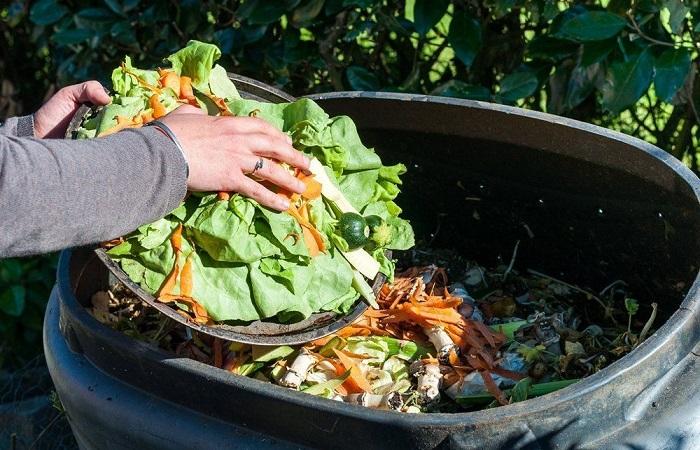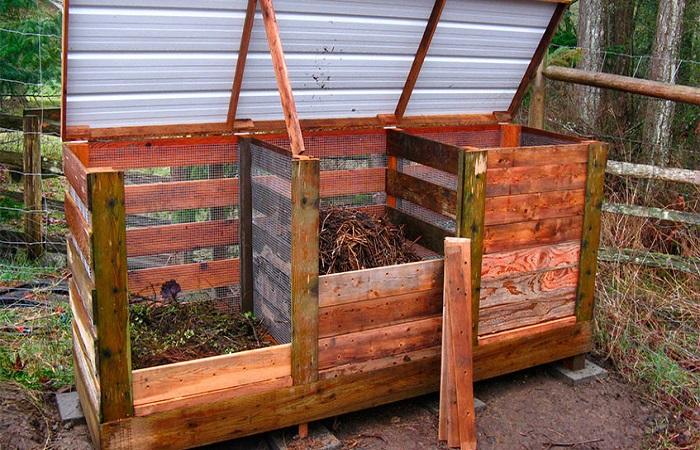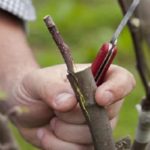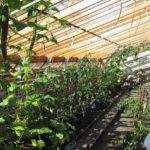Composting has long been recognized as one of the effective methods of obtaining good organic fertilizer for feeding plants. It is not difficult to prepare it on your own site. Let's look at the composition of compost, what it is, the technology of preparation based on different components, how to care for a compost heap, how to speed up ripening, and how to use it. What should not be put into compost?
- What is compost and what does it consist of?
- What you need for cooking
- Types and technology of manufacturing on site
- Classic, based on herbs and food waste
- With manure and superphosphate
- With added bird droppings
- Peat based
- For champignons
- How to cook in bags
- Production in boxes
- How to do it right?
- Choosing a cooking location
- Making a box
- Bookmark
- Decor
- Features of caring for a compost heap
- Acceleration of maturation
- What not to put in compost
- Methods of application
What is compost and what does it consist of?
Compost is an organic fertilizer that is the result of the gradual decomposition of plant and animal organic matter that is part of it. Organic matter decomposes under the influence of microorganisms.
Composting is a process that occurs in the presence of air. In order for air to flow freely to the waste, they are placed in piles, boxes, barrels with slots or holes, and not in holes where it will be more difficult for air to penetrate. During the ripening process, the mass must be stirred, which also promotes the penetration of air inside. Compost requires microorganisms, moisture and heat to mature.
With a normal ratio of moisture and air in the mass, the temperature first rises to +50...+70 °C, further ripening continues at a temperature of +40...+50 °C until the compost is completely ripe. Typically, fully mature compost can be obtained within 2 years after laying. To speed up the process, it is recommended to add drugs to the heap that speed up fermentation. In this case, the process can be shortened to 1 season.
The compost mass increases the content of plant nutrients, and they are in the form that is most digestible by plants. Temperature kills pathogens and pests, and weed seeds lose their viability. The flowability of compost allows it to improve the structure of the soil and make it softer.
What you need for cooking
Any organic residues are added to the compost - tops from the garden, leaves, small branches, weeds, carrion. Only young weeds can be planted, without seeds.Kitchen waste, except meat and fish, is also suitable for disposal. Animal and bird manure, in dry or liquid form, peat and mineral fertilizers are added to compost. And also sawdust, shavings, hay, straw, sunflower stems, Jerusalem artichoke, onion and seed husks, feathers and paper. All components must be chopped, especially branches and stems. The organic matter of the large fraction rots slowly.
You will also need material to make a composter. These can be boards, wooden blocks, pieces of slate, old boxes or plastic bags.
Types and technology of manufacturing on site
The composition and properties of the compost and its nutritional value depend on what was put into the compost heap. Cooking technology can also be different.
Classic, based on herbs and food waste
You can put weeds weeded in beds and near paths, fallen leaves and twigs, dry or obtained from pruning, into the composter. Add food waste: vegetable and fruit trimmings, potato peels, cabbage leaves, onion peels, food scraps, eggshells. Lay everything in layers, cover with soil and moisten.
With manure and superphosphate
Nitrogen passes from manure into compost; To prevent it from evaporating during storage, superphosphate is added to the mass in an amount of 2% of the volume of manure, that is, 200 g of fertilizer granules per 10 kg of manure. Manure compost with superphosphate contains more ammonia nitrogen than without this fertilizer. It is recommended to apply it at 1 kg per 1 sq. m for potato and vegetable beds and 2 kg for fruit and berry crops.
With added bird droppings
Bird droppings contain a lot of nitrogen; in compost it should not occupy more than a quarter of the volume.The remaining three quarters should be occupied with ordinary materials - grass, leaves, hay, sawdust, kitchen waste.
Peat based
Peat enhances the activity of microorganisms, the decomposition of organic matter is more intense, and the volume of available nitrogen increases. Peat binds ammonia due to its good absorption capacity, therefore reducing nitrogen losses. If the peat is acidic, you need to add 2% chalk or lime to the pile. Peat humidity should be 60-65%. As for its quantity, the higher the degree of its decomposition, the more it can be taken by volume. Compost with this component matures faster - in 4-6 months.
For champignons
The substrate for mushrooms should be nutritious and loose. If prepared correctly, after 3-4 months you can already apply it as fertilizer for champignons. Prepare a substrate from straw (10 kg), manure (3 kg) and bird droppings (3 kg), 50 g of urea and 800 g of chalk. All components are thoroughly mixed and watered until moderately moistened. They are turned over every week to ensure the ripening process proceeds correctly.
How to cook in bags
Plastic bags allow you to save space on your site, the speed of composting in them is faster, and compost can be obtained in 2-3 months. The contents of the bag do not need to be transferred, it is not affected by rain and wind, and insects and pests do not penetrate inside.
Production in boxes
The boxes are made of boards, between which a space of 2-3 cm is left for the passage of air. Box volume – 1 cubic. m. It is installed on the ground in partial shade, covered with waterproof material. Fill with any plant debris. Ready compost can be removed from the box after 2 years.
How to do it right?
For the fermentation processes to proceed correctly, it is necessary to select a suitable place to place the composter, make it and cover it. Let's take a closer look at how to do this.
Choosing a cooking location
The temperature in the compost heap for proper decomposition of organic residues should be approximately constant, which means that you need to organize the composter not in an open place where it will be heated by the rays of the sun, but in partial shade. It is advisable to place it under a canopy to prevent rain and snow from falling on it.
Making a box
You can make a compost box yourself from thin meter-long boards. They are nailed to 4 bars at the same distance. The boards are installed loosely; gaps of 2-3 cm should be made between them. A lid is installed on top.
Bookmark
You can fill the composter immediately if there is enough material, or gradually, layer by layer. Each 20 cm layer of organic matter is sprinkled with a thin layer of earth, chalk or lime. Compost can be prepared with the addition of urea and superphosphate. Plant residues should be crushed as much as possible. When preparing fertilizer at home, water the pile with clean water or a fertilizer solution.
Decor
You can camouflage the compost heap on your site with a hedge of ornamental shrubs, wicker brushwood, or plastic fences. Other options for covering the compost at the dacha: place flowers in pots near it, plant a flower bed with tall plants, cover the box with a wall of wooden planks on which to grow climbing plants. You can plant 2-3 pumpkin bushes on the pile itself; its large leaves will cover the compost all summer.
Features of caring for a compost heap
Composting must take place at a certain temperature and humidity. To maintain the desired level of humidity, the pile should be sprayed; the mass should not dry out, but should not be wet. Once a month you need to shovel the contents to allow air to pass through.
Acceleration of maturation
You can quickly get good quality compost if you water the finished heap with a solution of biological products designed specifically for fermenting plant residues: “Shine”, “Baikal-M” and others. You can use regular yeast, 1 tbsp. l. dry powder and 1 tbsp. Sahara; Stir all this in 1 liter of warm water and pour this solution over the pile. In summer, you can moisten the contents of the compost bin with herbal infusion or weakly concentrated slurry.
What not to put in compost
Meat and fish waste, bones, tops and fruits of diseased plants, waste from predatory domestic animals, weeds that have already become seeded, thick branches, paper with printing ink, and synthetic materials are not suitable for storage. Do not pour out the remaining pesticide solutions after treating the garden.
Methods of application
The duration of formation of compost prepared using classical technology and already suitable for use is at least 1-1.5 years. You can tell about its readiness by its appearance, structure and smell. Good quality compost mass should be loose, crumbly, light, moderately moist, and have the color and smell of earth. If there is a musty smell or mold is visible on the surface, this compost is unsuitable for use. It is impossible to keep ready-made fertilizer in a heap for more than 3 years; mineral elements are gradually washed out of it, and it becomes useless. This product is suitable only for use as mulch, but not for feeding.
Completely finished compost can be taken after 2 years; it can be added to any crops as a fertilizer in spring, autumn, and during the summer season. It contains all the nutrients and exactly in the quantities in which plants need them.
It is also used as mulch to protect beds from drying out and from germinating weeds. In this case, it is laid on the beds from spring until the end of the growing season. It remains in the beds for the winter, and by spring it rots and mixes with the soil.
Any gardener can produce compost on a personal plot or cottage. The material for making natural and cheap fertilizer is always at hand. Composting is a good use for crop residues that remain after the growing season.Without composting, they would have to be thrown away or burned, but with proper use they can bring obvious benefits to the site.

